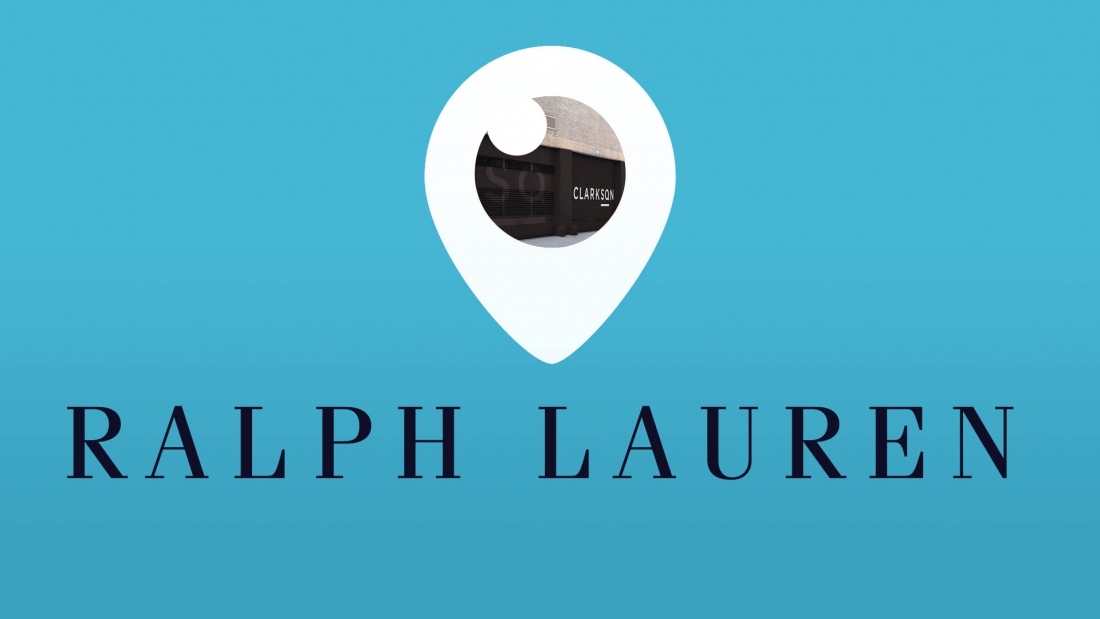Ralph Lauren announced today that it has partnered with Oak Labs to launch smart dressing rooms in their flagship Polo store on 5th Avenue in New York. When you enter the dressing room, RFID tags on the clothes you are trying on are automatically read and the mirror displays which size and styles you have brought in. As you try on items, you can select it on the mirror to see other sizes and colors are available. If you need a different size or want to see another color, simply tap the screen and a salesperson will bring it to you. As you are trying on items, the mirror displays a complete “look” featuring the article of clothing. You can use the “look” as a fit guide, to get ideas on how it would fit into your wardrobe, or even shop the “look” and have the other items brought to you in the dressing room. The new dressing rooms also address the sometimes misleading lighting in a fitting room, offering three on-brand lighting simulations: 5th Avenue Daylight, East Hampton Sunset, or Evening At The Polo Bar. While you cannot check out directly from the fitting room, like at Rebecca Minkoff, when you are finished in the dressing room you can have the items you tried on automatically texted to yourself, complete with a web link. Unlike the Polo Tech shirt which was announced a year before it launched, the high tech dressing rooms are already up and running. There are 4 specially equipped rooms on both the men’s and the women’s floors of the Polo Ralph Lauren store.
If you haven’t heard of Ralph Lauren’s partner for their smart dressing room, there is a good reason; Ralph Lauren is Oak Labs the first client. Based out of San Francisco, Oak Labs is only a few months old and was founded by a team with both fashion and tech backgrounds. Both their CEO and Chief Business Officer worked on eBay’s retail innovation initiative (eBay is responsible for the technology behind the smart dressing rooms at both Rebecca Minkoff and Nordstrom). Healy Cypher, Oak Lab’s CEO, views the new mirrors as only the first of a family of interconnected devices. Similar to Nest, Cypher wants the mirror to integrate with future devices from the company to provide a deeper, richer experience. We can’t wait to see what else they have up their sleeves!
In 2015 smart dressing rooms have really emerged from the labs to become a useful, real world device. It is easy to see, especially in high end retail, that these connected rooms will become standard. The service they provide to customers is astonishing, but they are even more important to retailers. Yes, the rooms have the potential to drive sales through allowing easy access to sizes, colors, and complementary products, but the bigger deal is actually the data. By tracking which garments are brought into a dressing room, how often they are tried on, comparing requests for a different size, and looking at what the sell through rate is, a company can have .com-like data from a brick-and-mortar environment. This is an astonishing ability and for a retailer with high foot traffic it has the possibility of changing how they do business. It doesn’t end there though, by doing things such as integrating information on a garment’s location within the store or cross referencing the language selected inside the smart dressing room against styles / sizes tried on, one can see how deep the data provided by this technology could be and how profound of an impact it could have.





